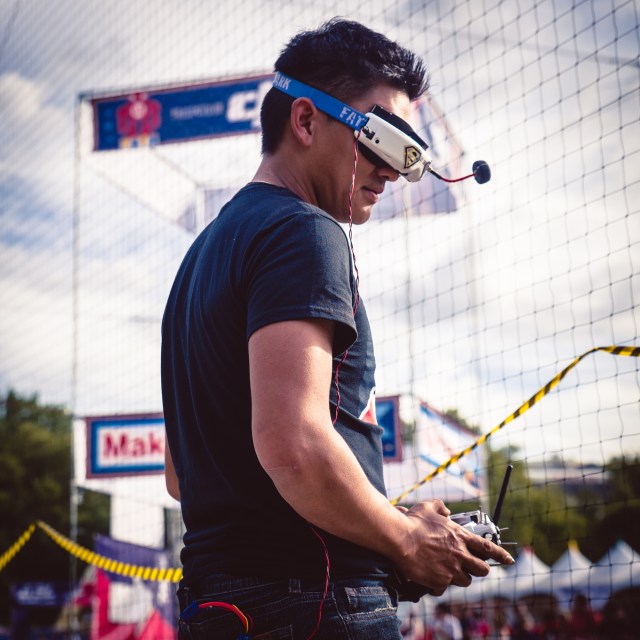“Imagine for a moment that you are a person who owns a falcon. You don’t own the falcon just to have an unusual and intimidating pet but because you are a licensed falconer, among the growing ranks of Americans dedicated to the ancient and complex art of training birds of prey to hunt in partnership with humans. As part of your falcon’s schooling process, you must teach her to fly high, high enough to scan for prey and gain enough altitude to speedily swoop down on a smaller animal—and this is a challenging task, especially if you are a human being who is stuck on the ground. An increasing number of falconers around the world are solving this ancient logistical problem with a decidedly modern tool: a drone.”
My latest for Slate is about how you can use a drone to train your falcon (or hawk) to hunt more effectively. This was a lot of fun to write, mainly because life rarely affords me a chance to pester professional falconers about their work. I hope you like it too.
I decided to read “H is for Hawk” as I was writing this piece, which did indeed provide me with some interesting insight into how falconry works, but also was the most enjoyable reading experience I’ve had this year. On one level, it is a great exercise in writing about a esoteric or technical topic in a way that is not even a little dry. Helen MacDonald writes like an old kind of writer, I guess, which is inadequate but the only way I can put it. It was not surprising then that she had so much affection for E.B. White.
I’ve also had a long weird relationship with White’s writing, but also a kind of profound one. “The Once and Future King,” naturally – a book that actually can grow with you, one I’ll likely end up reading every five years or so until I’m dead. The book I read when I was 8 is not the same as the one I read at 17, and then it meant the most of all at 22. MacDonald captures with her simultaneous grief over her father and the agonizing and bizarre process of hawk-training what White means – this bizarre, eccentric man who so well conveyed emotional pain, uncertainty, fear.
Anyway, you should really read it.









